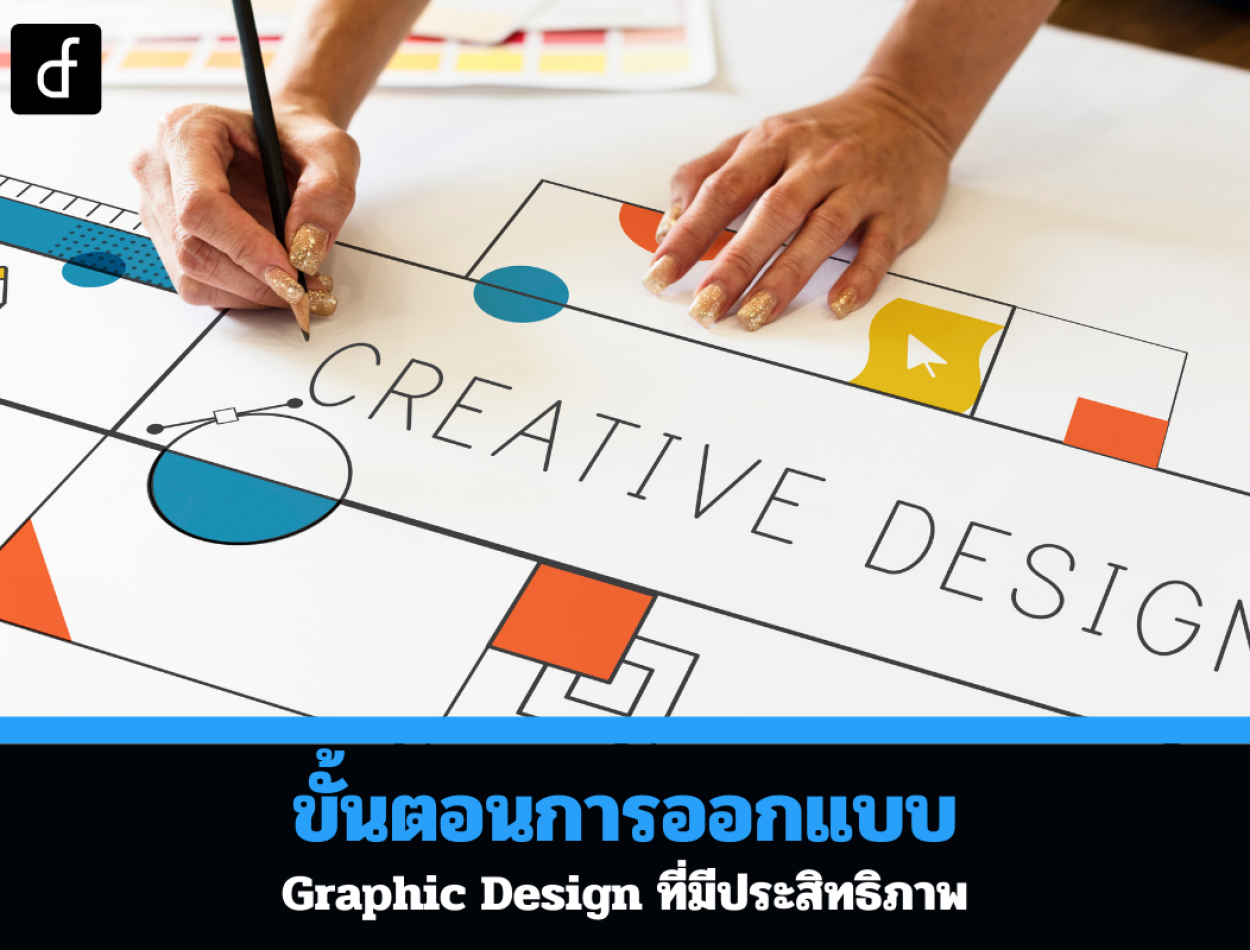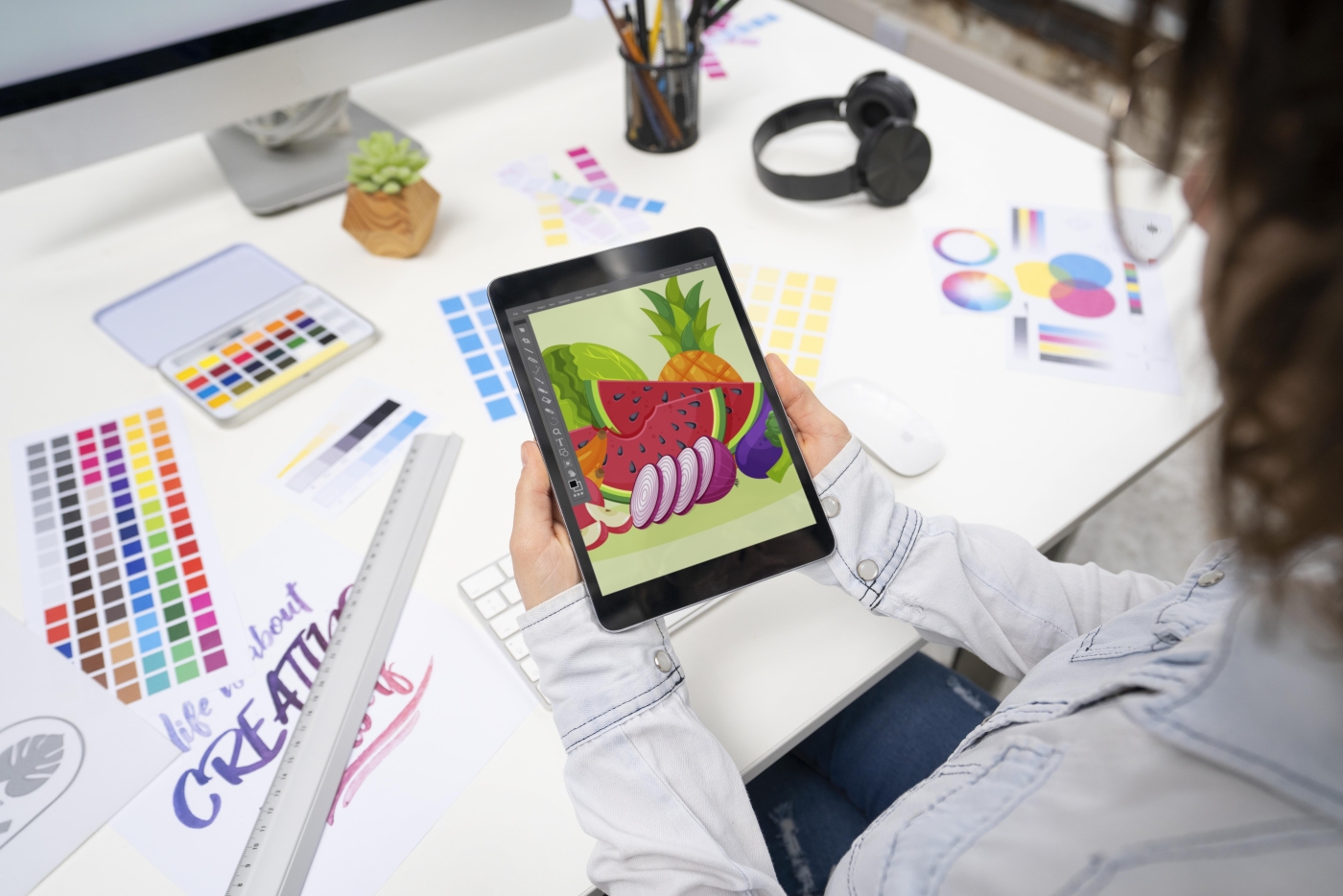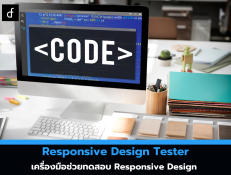
The steps for effective Graphic Design
2024-10-10 10:18:39
Effective graphic design must start from a systematic process with clear objectives to ensure that the design communicates directly and captures the target audience's attention efficiently. The steps for effective graphic design are as follows

Analyze and set objectives (Objective Setting & Research)
Start by understanding the purpose of the design work, such as what you want to communicate, who the target audience is, and what the expected outcomes are.
Researching and studying information about brands, products, or services, as well as analyzing competitors, will help you design in alignment with the needs and strengths of the brand.
Conceptualization and design guidelines (Conceptualization & Ideation)
Once the information is gathered, the next step is to establish the concept or theme for the design, such as the communication approach, emotions, or feelings to be conveyed.
Create a Mood Board or a collection of images and colors that serve as inspiration for design. Then, brainstorm and develop the concept into a preliminary outline.
Drafting and creating a prototype (Sketching & Prototyping)
Start with a rough sketch to present the initial idea visually. Examples can be done either on paper or in digital design software.
Then develop it into a prototype or model that shows an overview of the design, such as the layout of elements, fonts, colors, and text positioning.
Selecting graphic elements (Choosing Design Elements)
Choosing graphic elements such as fonts, colors, and imagery is crucial to the success of a design project.
Choosing a font should consider readability and brand alignment. Colors must be consistent with the brand and the mood of the design. Images should be selected to suit the communication and target audience.
Composition arrangement (Layout & Composition)
Arrange the various elements in the design in appropriate positions, focusing on balance, hierarchy, and clarity. (Clarity)
Designing white space appropriately helps make the work look clean and allows viewers to focus on important information more easily.
The use of technology and design programs (Utilizing Design Tools)
Choose the appropriate design software, such as Adobe Illustrator, Adobe Photoshop, Figma, or Canva, which have features that make creating designs easier and more efficient.
Choosing the right tools for the type of work, such as 2D graphics, UI/UX design, or website graphics, will ensure that the design meets the requirements.
Quality inspection and improvement (Review & Refinement)
After creating the initial draft, it must be reviewed and revised based on the feedback from the team or the client.
You should verify the accuracy of the data, such as text, colors, and fonts, as well as check the readability and functionality of all graphic elements.
Testing and evaluation (Testing & Evaluation)
Test the design with the actual target group or conduct A/B Testing to check if the design can communicate effectively.
Listening to user feedback and making improvements based on test results will help the work meet the needs and have a more positive impact on the target group.
Continuous monitoring and improvement of work (Follow-up & Continuous Improvement)
After the design has been implemented, the usage results should be monitored to see if they meet the goals, such as analyzing the results on social media or websites.
Improve the design to be suitable for long-term use, so that the work remains modern and meets changing needs.

Effective graphic design must go through a process of planning and strategic thinking. It is essential to understand the objectives, choose the appropriate tools and techniques, and use testing to continuously evaluate the results. Working in an organized and consistent manner will help ensure high-quality and efficient design work.
Leave a comment :
Recent post

2025-01-10 10:12:01

2024-05-31 03:06:49

2024-05-28 03:09:25
Tagscloud
Other interesting articles
There are many other interesting articles, try selecting them from below.

2023-11-06 11:34:51

2024-08-13 11:44:28

2025-02-20 10:33:11

2024-02-15 03:21:09

2024-12-03 01:51:43

2023-09-14 03:30:33

2023-09-25 04:09:33

2024-10-18 03:09:39

